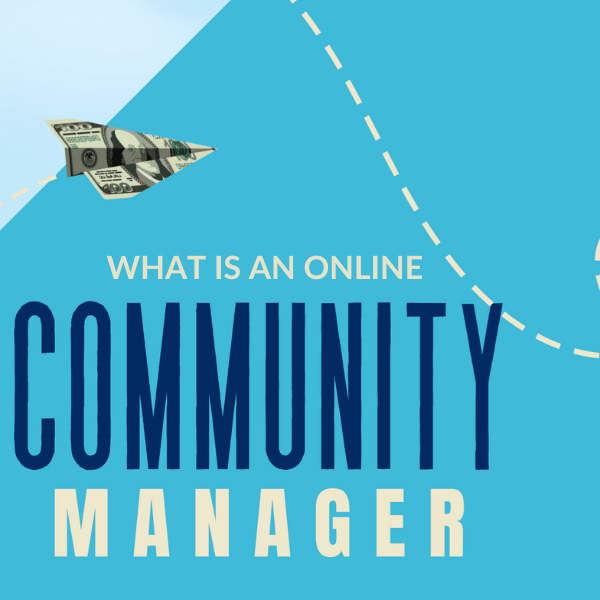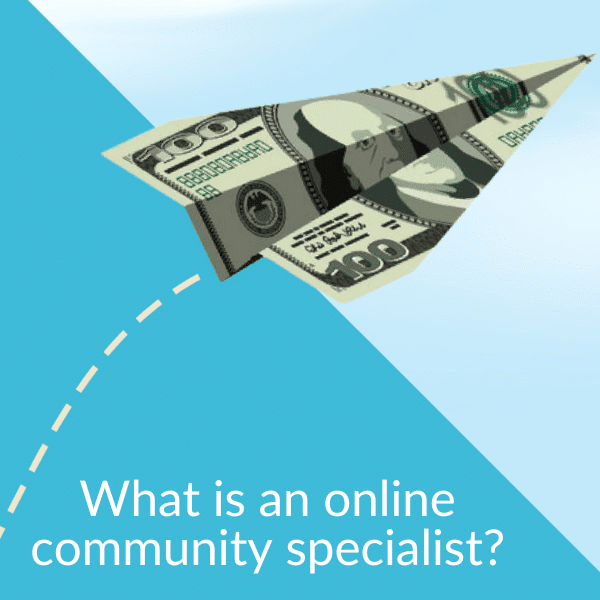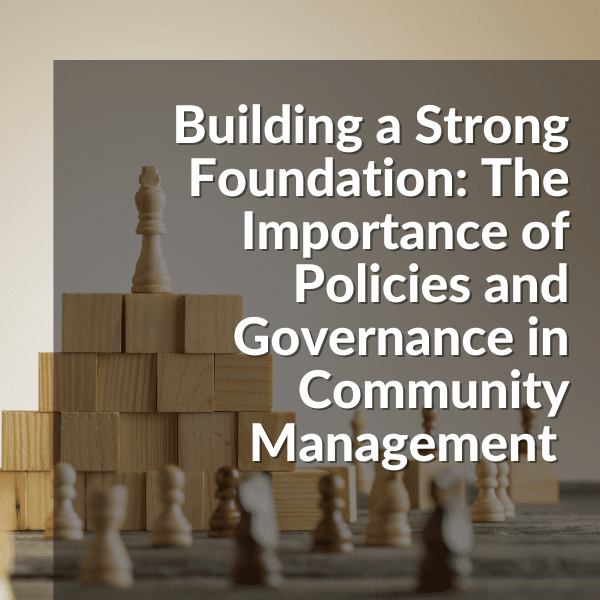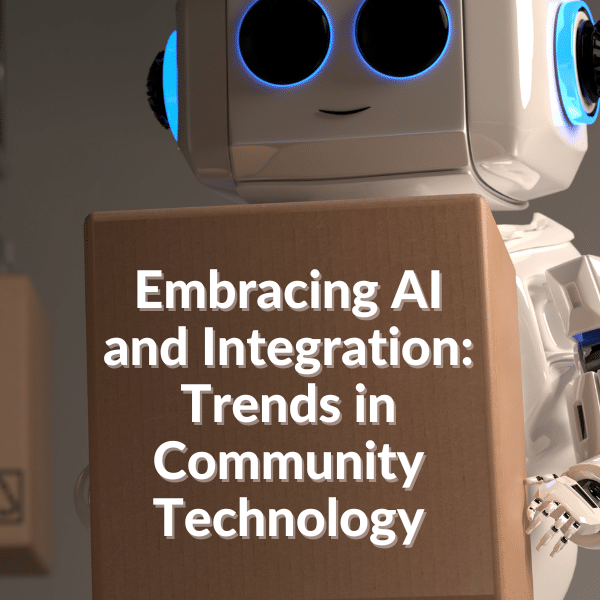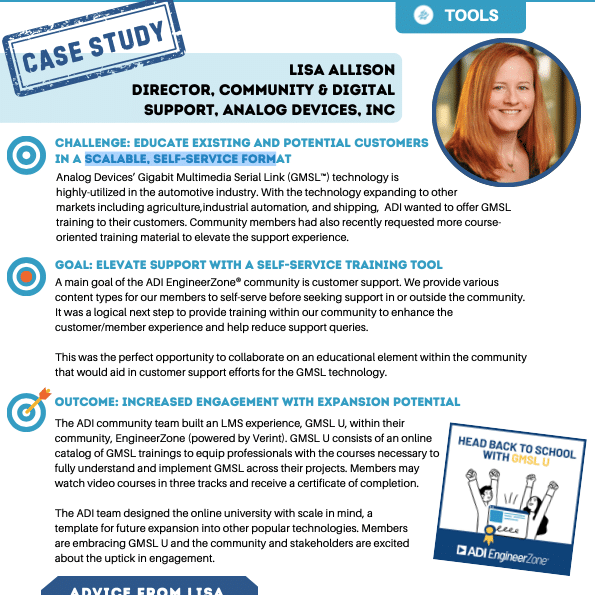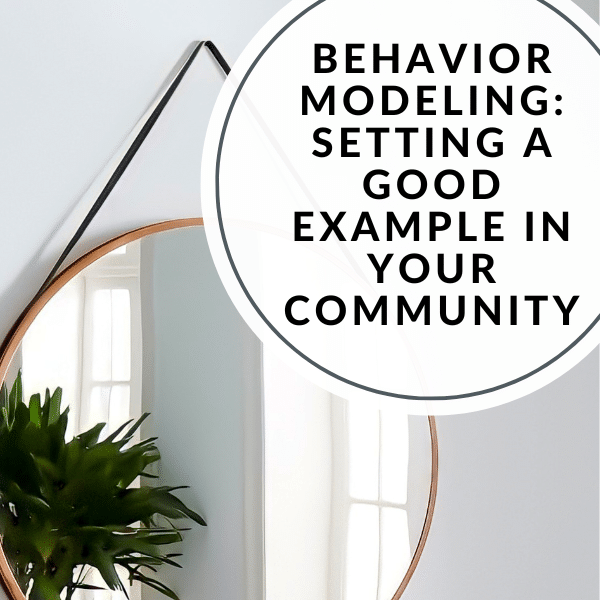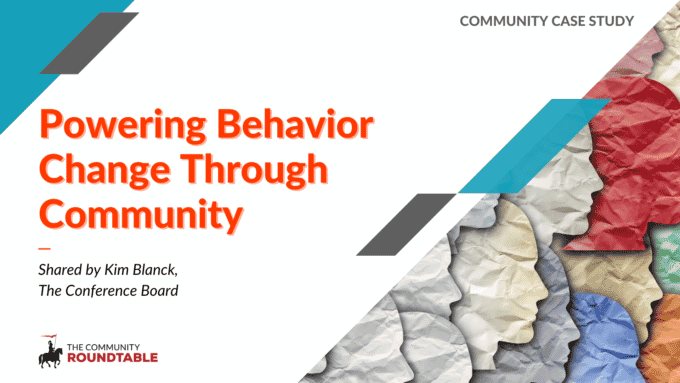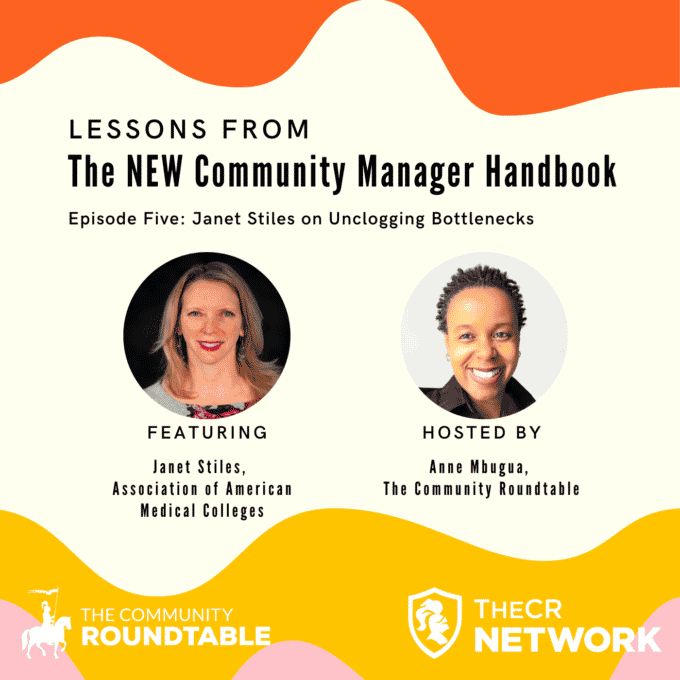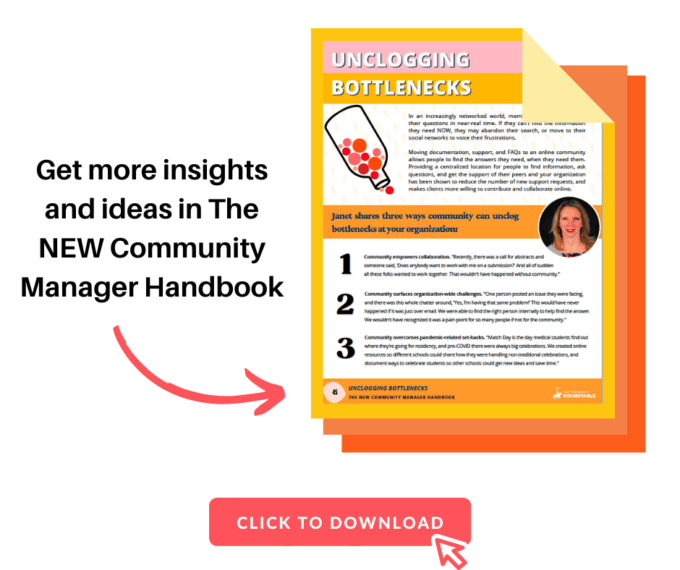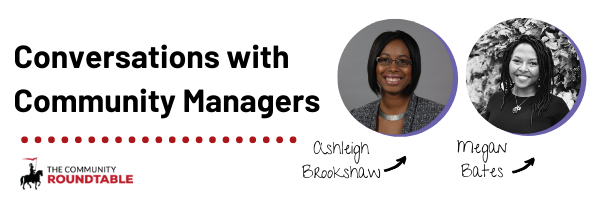Communities are behavior change-makers. When you give people a faster, easier, or more effective way to do something, they typically adopt this new approach. Our 2023 State of Community Management research showed that external-facing communities continue to grow across nearly all behaviors we index. Best-in-class communities show dramatic improvement in three areas:
- Faster response to support questions
- Growing % of support handled in the community
- Increased product usage

Legendary management guru Peter Drucker famously said, “culture eats strategy for breakfast” and while he didn’t mean to minimize the importance of a good strategy, he firmly believed a strong culture could be a surer route to organizational success. The same is true with community programs. We’re interested in how they’re viewed within organizations and how they act as behavior change-makers.
For the first time in this research’s history, no respondents reported that their organization’s culture “is toxic to” community.
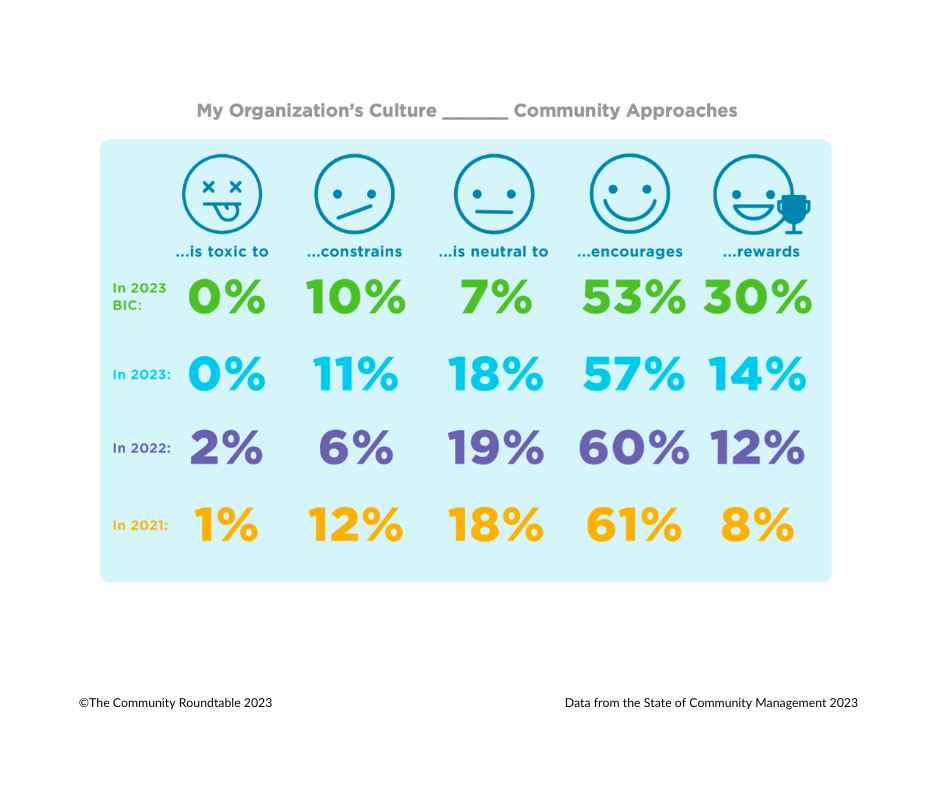
We see this as a promising trend! At the other end of the spectrum notice that best-in-class programs see their organizations “reward” community approaches at more than twice the rate of the survey average. Perhaps ironically, we see this as even more evidence that you need to push your program to adopt more advanced strategies in order to influence what your organization’s culture values and supports.
Behavior change-makers in action.
External communities also continue to report that they “reduce the sales cycle” at an accelerating rate. But it’s still a relatively small percentage of the overall sample, so we hesitate to give it too much weight just yet.
Not surprisingly, 75% of respondents report that their communities are at least “moderately effective” at facilitating behavior or culture change, consistent with the 2022 sample (74%). This is uplifting news, but compare those figures with this years best-in-class sample (94%) and you might be inspired to conduct a gap analysis to figure out what you need to level-up your community program.
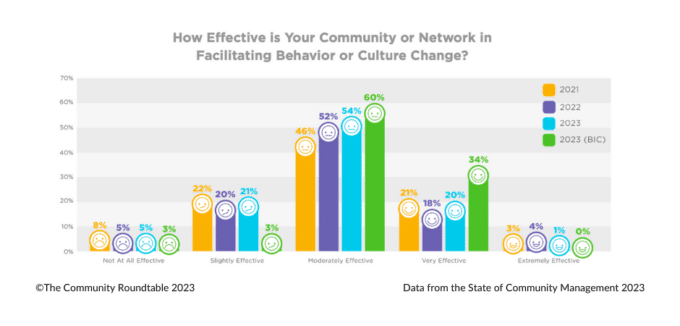
Download the State of Community Management 2023 to learn more about how you can leverage communities as effective behavior change-makers at your orgs.

- Eight Ways to Improve Your Online Community Programs
- The community manager role today
- What is an online community specialist?
- Elevating Content & Programs for Community Growth
- Building a Strong Foundation: The Importance of Policies and Governance in Community Management
- No Question Left Behind: Transforming Community Engagement Through Effective Communication
- Embracing AI and Integration: Trends in Community Technology
- Scalable Self-Service in Online Communities
- How I’m Using AI as a Community Manager
- The Power of Metrics: Enhancing Community Engagement at ISTE+ASCD

